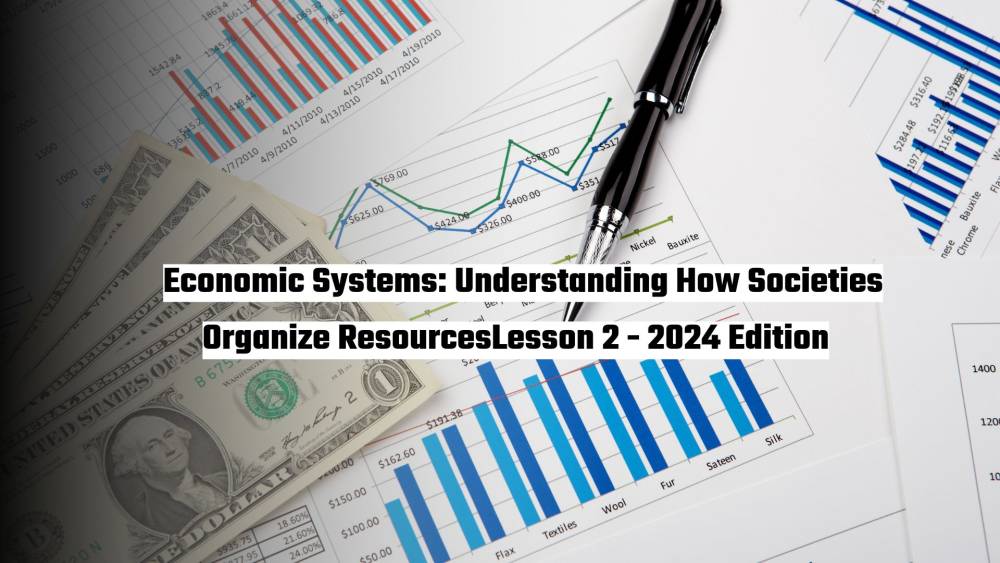Sovereign Wealth Funds (SWFs) have become significant economic players worldwide, acting as national investment vehicles that manage surplus government revenue for future economic benefit. This article delves into the economic implications of SWFs, highlighting their roles, objectives, and impact on both domestic and international markets.
to Sovereign Wealth Funds
Sovereign wealth funds are government-owned investment funds that manage surplus revenues, typically from resource exports or fiscal surpluses, and strategically invest these in a range of assets, including stocks, bonds, real estate, and other ventures. Emerging as economic stabilizers and future wealth reserves, SWFs have expanded rapidly over recent decades, driven by countries' desires to manage wealth responsibly and reduce economic volatility.
Types of Sovereign Wealth Funds
- Stabilization Funds: Created to insulate national economies from commodity price fluctuations.
- Savings or Pension Reserve Funds: Aim to save for future generations and manage pension-related expenses.
- Investment-focused Funds: Seek capital growth by diversifying investments in global assets.
Key Sources of Funding for SWFs
SWFs typically receive their funds from:
- Natural Resource Revenue: Many SWFs in resource-rich countries are funded through oil, gas, or mineral revenues.
- Foreign Exchange Reserves: Excess reserves accumulated by central banks can form the basis of SWFs.
- Public Sector Surplus Funds: Surpluses from the government budget or trade can also be channeled into SWFs.
Objectives and Goals of Sovereign Wealth Funds
Sovereign wealth funds operate with the following goals:
- Economic Stabilization: By investing excess revenue, countries protect against sudden economic shocks.
- Wealth Preservation: SWFs manage wealth for future generations, aiming for economic stability and growth over time.
- Diversification of Income: Funds often target sectors outside the primary sources of national income, aiding long-term economic stability.
Governance and Structure of SWFs
SWFs are generally structured with governance mechanisms to ensure transparency and accountability. The Santiago Principles provide guidelines for best practices, encouraging transparency, clear objectives, and strong governance. The internal decision-making structures of SWFs vary, yet all emphasize aligning investments with national economic objectives.
Role of Sovereign Wealth Funds in Economic Stabilization
Sovereign wealth funds play a critical role in mitigating economic crises. By providing financial reserves, they help buffer the national economy against unexpected downturns or recessions. During financial crises, SWFs often support domestic financial systems, preventing a cascade of economic failures.
SWFs and Long-term Economic Growth
Investments from SWFs frequently target strategic industries, such as infrastructure, technology, and healthcare, which support sustainable long-term economic growth. By promoting development in these sectors, SWFs contribute to job creation, innovation, and diversification, helping reduce dependence on single revenue sources.
Influence of SWFs on Global Financial Markets
Sovereign wealth funds hold substantial assets in global markets, impacting asset prices, currency stability, and international capital flows. SWFs can attract foreign investment by instilling confidence in financial markets and often collaborate in foreign direct investment (FDI) initiatives to strengthen international partnerships.
SWFs and National Economic Development
SWFs contribute to economic development by financing essential infrastructure projects, fostering diversification, and supporting large-scale government initiatives. In several countries, SWFs are instrumental in financing education, technology, and healthcare initiatives that stimulate economic growth and improve the quality of life for citizens.
Potential Economic Risks Associated with SWFs
Although SWFs are generally beneficial, they come with economic risks:
- Market Volatility: Exposure to global markets increases the risk of financial losses.
- Political and Ethical Risks: The potential for political influence and conflicts of interest is a concern.
- Lack of Transparency: Poor governance and transparency can lead to mismanagement and financial losses.
SWFs in Resource-Rich vs. Non-Resource-Rich Countries
While resource-rich nations use SWFs to manage commodity-driven wealth, non-resource economies like Singapore’s Temasek Holdings focus on economic diversification and infrastructure investment. These differing approaches illustrate the flexibility of SWFs to address unique national priorities.
Sovereign Wealth Funds and Environmental, Social, and Governance (ESG) Investing
With global emphasis on sustainable and socially responsible investing, many SWFs have adopted Environmental, Social, and Governance (ESG) criteria. Funds such as Norway’s Government Pension Fund have become ESG leaders, using their investments to support environmentally and socially beneficial projects globally.
Sovereign Wealth Funds as a Tool for National Strategy
Some SWFs are used as tools for economic diplomacy, securing strategic assets and creating leverage in international relations. SWFs acquire stakes in foreign companies and sectors critical to their national interests, fostering partnerships and expanding influence abroad.
Key Case Studies of Prominent Sovereign Wealth Funds
- Norway’s Government Pension Fund: Known for transparency and responsible investing.
- China Investment Corporation: Invests in global assets, focusing on resource security.
- Temasek Holdings (Singapore): Diversifies investments, emphasizing innovation and infrastructure.
Emerging Trends and Future of Sovereign Wealth Funds
SWFs are increasingly focusing on technology, renewable energy, and climate resilience, reflecting global investment trends. This shift emphasizes governance improvements and growing alignment with sustainable investment goals.
Criticisms and Controversies Surrounding SWFs
Critics argue SWFs may lack transparency, be politically motivated, or distort competitive markets. Concerns regarding ethical governance and conflicts of interest are raised, particularly when SWFs hold significant stakes in sensitive industries.
FAQs About Sovereign Wealth Funds
-
What is a sovereign wealth fund and how does it work?
- SWFs are state-owned funds investing excess revenue to support long-term national economic goals.
-
Are SWFs beneficial for economic growth?
- Generally, yes. They provide stabilization, promote growth, and support government initiatives, though they also pose risks.
-
How do SWFs impact global financial markets?
- Through substantial investments, they influence asset prices, currency stability, and investment flows.
-
What are some examples of sovereign wealth funds?
- Notable SWFs include Norway’s Government Pension Fund, the UAE’s ADIA, and Singapore’s Temasek Holdings.
-
How are SWFs different from other investment funds?
- Unlike private funds, SWFs are government-owned, prioritizing national economic stability and growth.
-
What risks do SWFs face?
- SWFs face market, political, and ethical risks, often stemming from global investment exposure and transparency issues.
Conclusion
Sovereign wealth funds represent powerful tools for economic stability and growth, offering countries a way to harness surplus revenues for future prosperity. Their potential to mitigate financial crises, fund strategic initiatives, and promote sustainable development makes SWFs invaluable players on the world stage. However, transparent governance and responsible management remain essential to ensuring their positive impact on the global economy.

































